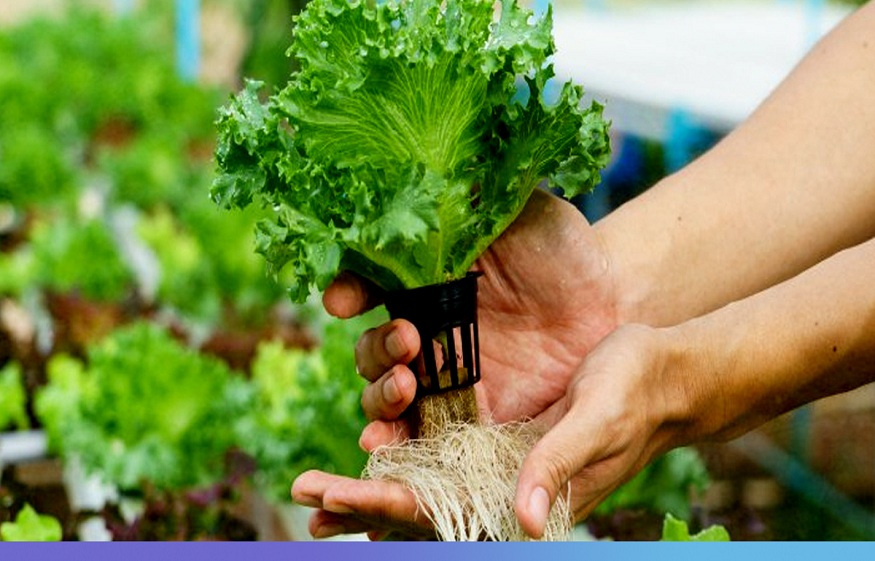In the 21st century, traditional farming is still the best solution for crop cultivation and other plants in almost every country. Nevertheless, as this world is advancing day-by-day, new technologies are dominating the agriculture sector. Nowadays, the trend of growing crops and vegetables without using soil and water is the hot gossip of the agriculture sector.
Most farmers adopt hydroponics, soilless culture, and aeroponics farming, and still, many practices are going on. NASA is actually advancing soilless farming in the western countries and making it the best substitute for traditional farming.
Hence, today we’ll discuss some relevant facts about soilless agriculture and whether you should try it or not.
A Brief Overview About Soilless Agriculture
Soilless agriculture is also known as dirt-free farming, where plants are grown using nutrient-rich solutions and without soil and water. This agriculture type is far different from traditional agriculture because the essential nutrients are delivered to the plants’ roots. In soilless agriculture, plants focus more on growth rate instead of searching for nutrients.
Surprisingly, soilless agriculture is actually not a modern agriculture technique; it was introduced nearly a century back. Nevertheless, this farming technique was promoted by NASA and later highly practiced in western countries. Currently, soilless agriculture is primarily practiced in the commercial farms of Africa, Asia, the USA, and Europe.
In recent years, soilless agriculture became quite popular within a short period, and various experiments are yet to be conducted. As per various reports, indoor soilless agriculture will also be practiced and introduced in western countries.
Nevertheless, without proper knowledge, experience, and professional assistance, soilless agriculture will never be successful for you!
Quick Advantages Of The Soilless Farming
- No-Risk Of Agroclimate And Seasonal Issues Of Crops
- No requirement and wastage of water.
- More number of plants can be grown within a small area.
- Better growth rate and you can grow plants throughout the year.
- Enhanced shelf life, better plant quality, and bigger yields.
- Successful production of crops with less operations.
- 100% hygienic and dirt-free farming.
- Appropriate utilization of the provided nutrients.
- Soilless agriculture can even be practiced on the rooftops and house decks.
- Minimal use of bulky equipment in the installation process.
What Are The Primary Drawbacks Of Soilless Agriculture?
- You need to burn your pockets on energy costs, operation costs, and capital costs.
- Constant supervision and maintenance are required for getting a better growth rate.
- Thorough knowledge, experience, and tools are required for growing plants and constant maintenance.
- Pollination is another problem associated with soilless agriculture because you need to invest in the growth regulators.
- Without an additional power backup source, never think of investing in soilless agriculture systems. Power failures lead to unfortunate situations, and hydroponics plants die without the appropriate functioning of the systems.
Final Thoughts
Soilless agriculture was introduced years back, but still, it isn’t 100% successful. Soon the pictures would be clear when NASA will bust the myths revolving around hydroponics farming and soilless agriculture. We would like to know your thoughts about soilless agriculture; please drop them in the comment section!




